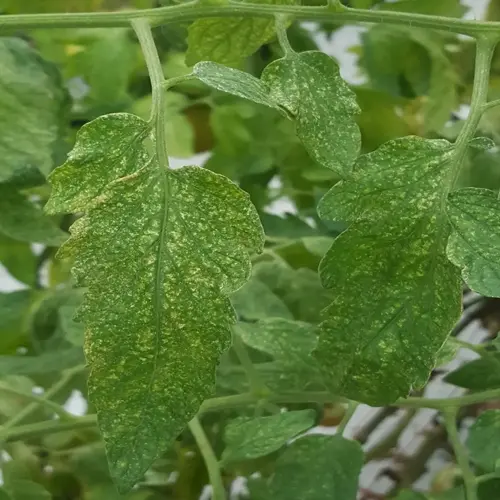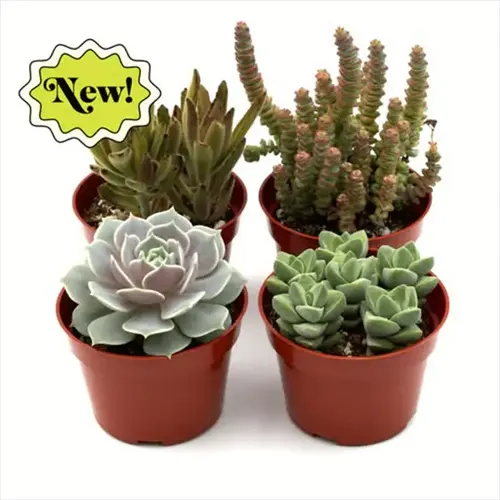How do I protect plants from wind?

Written by
Liu Xiaohui
Reviewed by
Prof. Samuel Fitzgerald, Ph.D.Wind protection begins with strategic placement of a natural barrier (e.g., ivy-covered lattice) in relation to the natural wind patterns. Placement of such obstacles perpendicular to prevailing winds creates sheltered areas. Cedar lattice panels last five years or more, supporting climbers that filter out wind gusts. This analysis reveals a 60% reduction in wind speed, which protects delicate foliage on the leeward edge.
Choose sturdy containers, such as fiberglass pots weighing over 15 lbs. (6.8 kg) when empty. A low center of gravity reduces the chance of tipping during storms. To manage tall plants, add gravel ballast in the bottom third. Plant containers tightly so that the plants help each other, forming a mutual wind buffer.
Natural Windbreaks
- Install cedar trellises at 45° angles to prevailing winds
- Plant fast-growing climbers like clematis for coverage
- Space barriers every 8 ft (2.4m) for staggered protection
Container Security
- Use weighted bases with 20% container capacity in gravel
- Secure top-heavy plants with hidden guy wires
- Group pots in U-shaped formations creating calm interiors
Plant Selection
- Choose flexible-stemmed grasses bending without breaking
- Prioritize silver-leafed varieties with protective fuzz
- Avoid large-leafed plants that tear easily in gusts
Choose flexible-stemmed plants, such as ornamental grasses, which bend with the wind rather than breaking. Their thin blades of grass have little surface for wind to strike, while their deep roots anchor them securely. Do not select plants with large leaves, which make excellent sails. Consider instead various species with silvery-colored leaves. Such plants lose less moisture on windy days because of the tiny hairs on their leaves.
Seasonally adapt using weather patterns. Install temporary wind netting rated for 50 mph (80 km/hr) gusts during storm seasons. Use a frost cloth as a dual-purpose insulation that also breaks current. These removable solutions offer protection when the plants need it most.
Read the full article: 10 Transformative Terrace Garden Ideas

